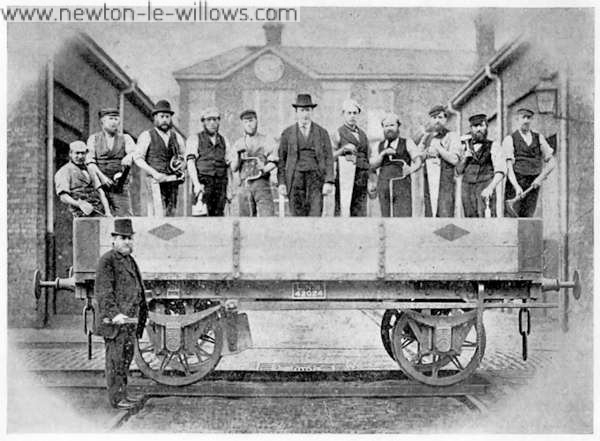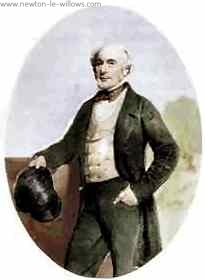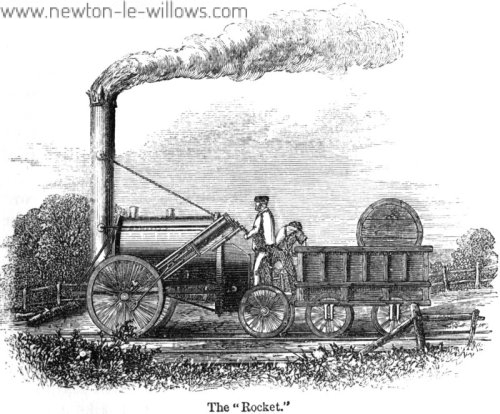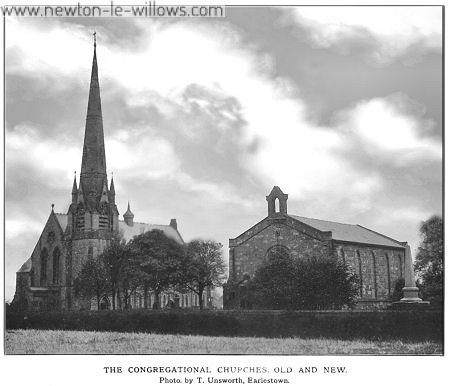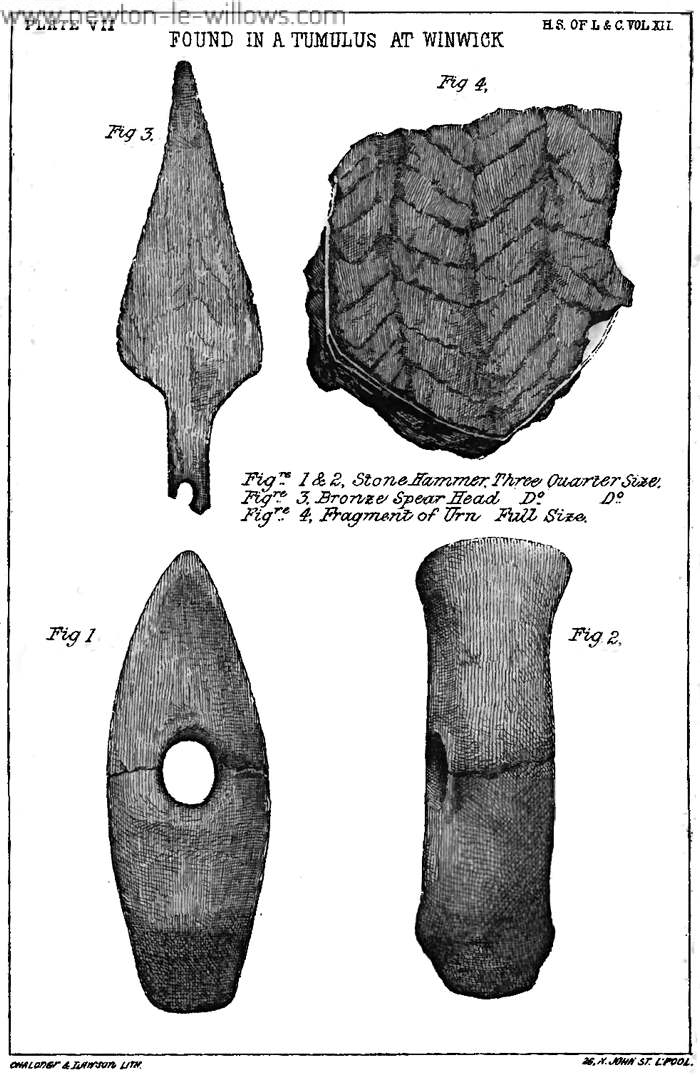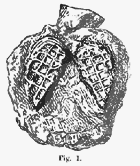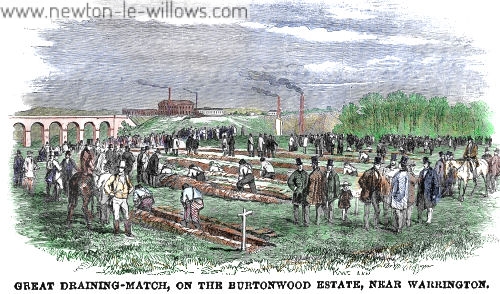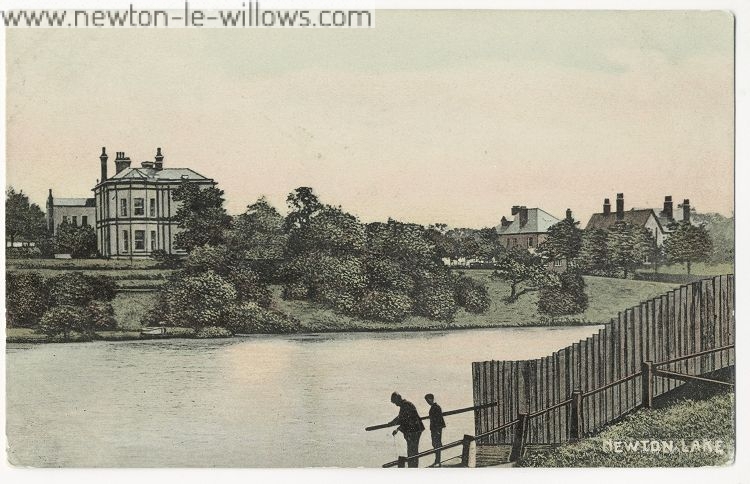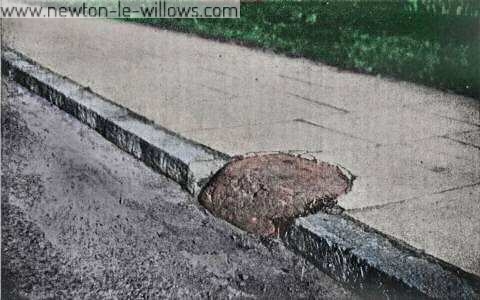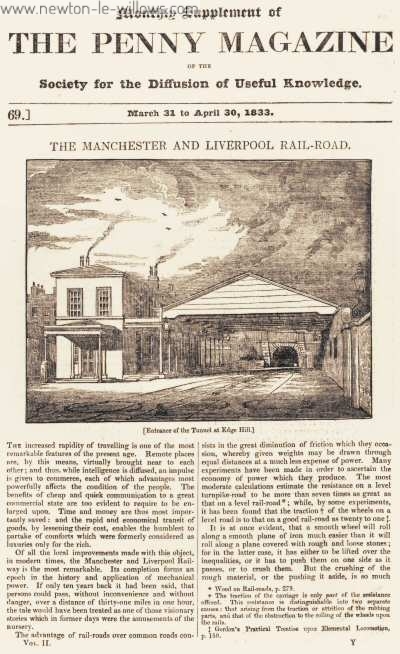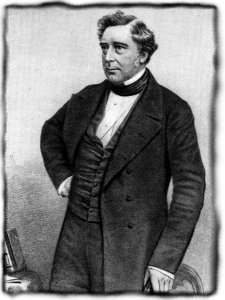James Muspratt was born in Dublin on the 12th August, 1793; his father was an Englishman, whose brother was a director of the East India Company; his mother, who was a remarkable woman of fine character and culture, was a Miss Mainwaring, one of the Cheshire family of that name. They resided in Dublin, and to a commercial school in that city sent their son. At fourteen years of age he was taken from school and apprenticed to a Mr. Mitcheltree, a wholesale chemist and druggist, in Dublin, with whom…
Read More >>The Viaduct Foundry
As the Vulcan and Viaduct Foundries swung into production skilled workers were attracted from other parts of Lancashire as well as further afield. To house their workers Stephenson and Tayleur built a model village beside their factory, Vulcan Village. Originally only of three rows it was developed as the factorys business increased. Seeing the advantages to be gained from setting up a factory in Newton where skilled labour was becoming available, two other business partners founded the firm of Jones and Potts and built a factory known as the Viaduct…
Read More >>Newton-le-Willows Official Guide
click the image to open up a new window with the copy of the 1960s map from the guide The East Lancashire Liverpool to Manchester road passes within a few hundred yards of the northern boundary of the Urban District (four main roads communicating between Newton-le-Willows and this, important arterial road) and the Warrington to Wigan trunk road, leading on to Preston and the North, passes through it. Newton-le-Willows is six and a quarter miles from Warrington, eight miles from Wigan and four and a half miles from St. Helens.…
Read More >>Sir Hardman Earle (1792 – 1877)
Sir Hardman EarleHardman Earle was born 11 JUL 1792, and died 25 JAN 1877, for Earlestown one of the most important days of his life was the 1st March 1853, This was the day that the London and North Western Railway, under the direction of Sir Hardman Earle, leased from Messrs. Jones & Potts a small works known as the Viaduct FoundryIn 1853 there were only around 30 houses available for the viaduct workers but as the foundry became busier, it expanded and the houses and town that was built…
Read More >>Locomotives or Stationary Engines
In November 1828 a report on the question of whether it would be better to work the Liverpool and Manchester Railway by stationary engines or by locomotives, was sent to George Stephenson, by the directors of that railway, these letters which I have transcribed are the replies, sent by George Stephenson and his son Robert to the report and other questions. Allthough not strictly Newton History, It shows the behind the scenes politics at a time, Imagine the course Newtons History would have run if the trains had been pulled…
Read More >>Congregational Church on Crow Lane
Whilst the old Congregational Church on Crow Lane is being rebuilt into apartments, I thought this would be the right time, to add into the website some of the information I have about it, from various sources. The Congregational Church (new), Crow Lane, c1915The first recorded preaching of the Gospel, in Newton, by a Congregational minister is given in the “Memoirs of the Rev. William Alexander,” written by his son, the Rev. John Alexander, Minister of Princes Street Chapel, Norwich, and published, in 1856, by Fletcher and Alexander of that…
Read More >>Tumuli at Winwick, 1860
The earlier survey gives the more correct representation of the place, as there have certainly been at least two barrows, one in the field on the east, the other in that on the west side of the lane. The latter, which we shall first describe, is on a farm called " the Highfields," the ground sloping considerably from the north. The tumulus is about six feet above the level of the lane, and the ground to the west is uneven, forming a sort of bank, while the fence on the…
Read More >>The Fee of Makerfield
THE FEE OF MAKERFIELD ; WITH AN ACCOUNT OF SOME OF ITS LORDS, THE BARONS OF NEWTON. By William Beamont, Esq. (READ FEBRUARY 22ND, 1872.) ENGLISH historians have joined chorus in ascribing to our immortal Alfred the institution of hundreds and townships into which the country is now divided. Certain it is that when he resumed the throne after his temporary retirement, and found, owing to Danish misrule, the ancient police of the country in ruin, he first set himself to readjust and settle upon their present basis the…
Read More >>Earlestown Wagon Works: the Viaduct Foundry
One hundred and fifty one years ago, on March 1, 1853, the London & North Western Railway leased from Jones & Potts a small engineering works known as the Viaduct Foundry, so named from its proximity to Stephensons Sankey Viaduct over the St. Helens Canal on the original Liverpool & Manchester Railway. Seven years later, on May 11, 1860, the L.N.W.R. purchased the property outright for the sum of 15,000. The Viaduct Works was founded by Jones, Turner & Evans in 1833, and among other products, including pumping machinery for…
Read More >>Burtonwood: Agricultural Draining Match – 1853
The London Illustrated News, 3rd Dec 1853ON Wednesday week, the 23rd ult., an extensive Agricultural Draining Match was held on the Burtonwood Estate, the property of Samuel Brooks, Esq., banker, of Manchester, situate near the Warrington Junction station of the Liverpool and Manchester Railway. The field selected was well adapted for the purpose, and beautifully situated, commanding a magnificent view of the Sankey viaduct. The soil consists of a friable loam, on a marly substratum, with occasional beds of clay and sand. The attendance of drainers and gentlemen interested in…
Read More >>Newton-in-Makerfield: P.Mannex & Co. 1871
Newton in Makerfield Is a populace and rapidly – improving locality, containing several important industrial and manufacturing establishments. The town of Newton consists chiefly of one long and broad street, pleasantly situated on a gentle eminence, and commanding extensive and panoramic views. It is about five miles from St. Helens, seven from Wigan, and near the important Railway Station of Newton Bridge. The extensive printing establishment of Messrs. McCorquodale is near the station, and in its immediate vicinity its a first- class Hotel, while the fine old Corn mill on…
Read More >>Newton le Willows in Verse – J H Lane
Today I managed to transcribe some poems written by J H Lane, which he published in 1916 in a small 40 page booklet called “Newton le Willows – Pictures and Verse”. Most of the Pictures from the book have already made it into the photo gallery, as they duplicate ones in his other two publications, as do some of the verse from the book, but here are three small sections of verse which are new to me. A Sad Mishap. PRELUDE. Near Castle Hill, that ancient mound Whose top with…
Read More >>The Bloody Stone & Mabs Cross Legend
Members of the Lancashire and Cheshire Antiquarian Society visited Winwick in June, 1909, and were shown the Bloody Stone by the leader, Captain Arthur Doggett. The report of the visit states that the stone lay on the edge of the footpath of the road leading from Newton to Winwick Church and close to the bridge crossing the railway. The local tradition then was that the Welsh knight was overtaken and killed by Sir William de Bradshaigh “on the Bloody Stone.” THE MYSTERIOUS MURDER OF SIR WILLIAM DE BRADSHAIGH A SEQUEL…
Read More >>The Manchester and Liverpool Rail-Road
The Manchester and Liverpool Rail-Road The increased rapidity of traveling is one of the most remarkable features of the present age. Remote places are by this means, virtually brought near to each other; and thus, while intelligence is diffused, an impulse is given to commerce, each of which advantages most powerfully effects the condition of the people. The benefits of cheap and quick communication to a great commercial state are too evident to require to be en-larged upon. Time and money are thus most importantly saved: and the rapid and…
Read More >>The Sankey Viaduct ( Nine Arches Bridge )
It was then that the wealthy Quaker Joseph Sandars met William James, who proposed a railway which he undertook to build in 18 months at a cost of £100,000. Though his offer was accepted, long delays then occurred and by 1824 he was succeeded by George Stephenson as the company’s engineer. The next year a Parliamentary Bill was introduced, but it failed principally owing to Stephensons inability to answer questions on his survey by opposing counsel. He was accordingly dismissed by the board, who appointed the professional civil engineers Sir…
Read More >>









